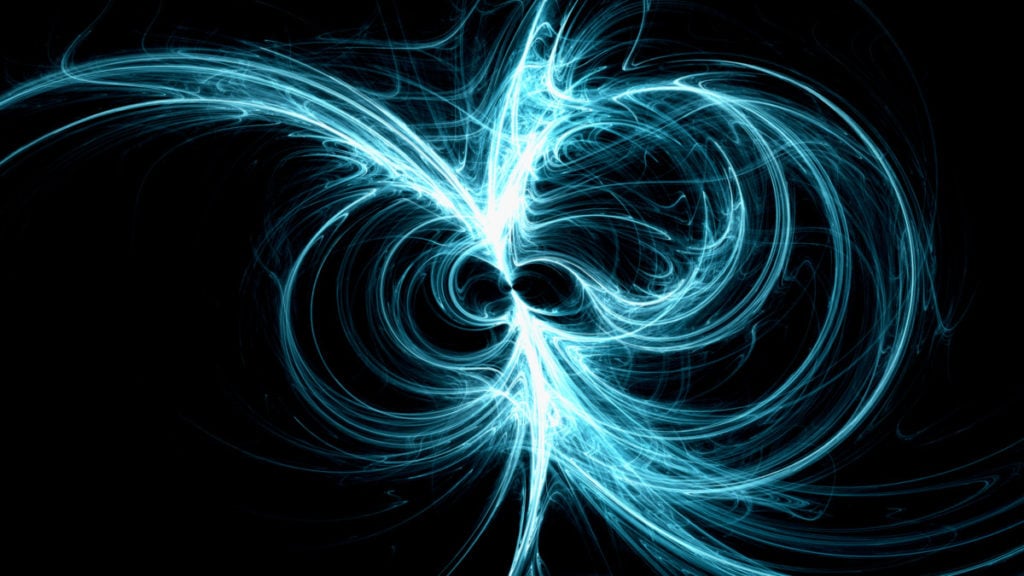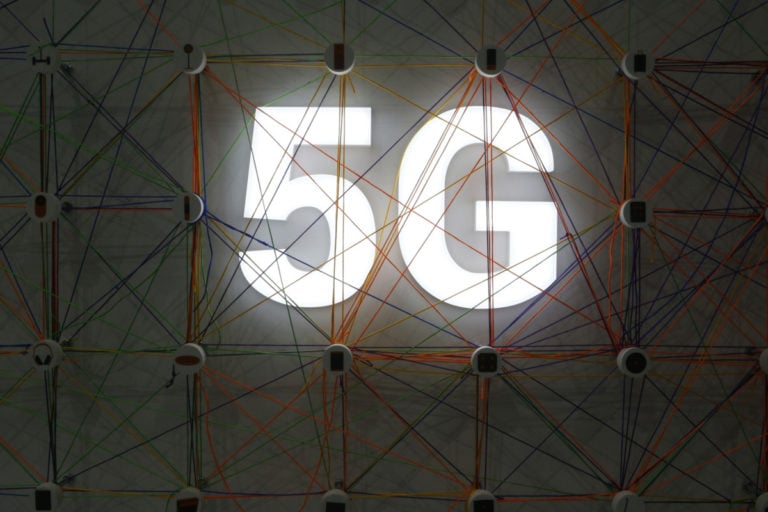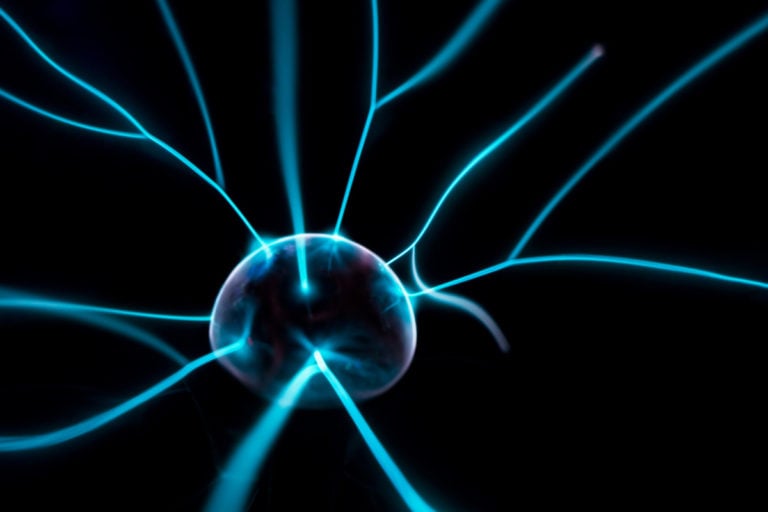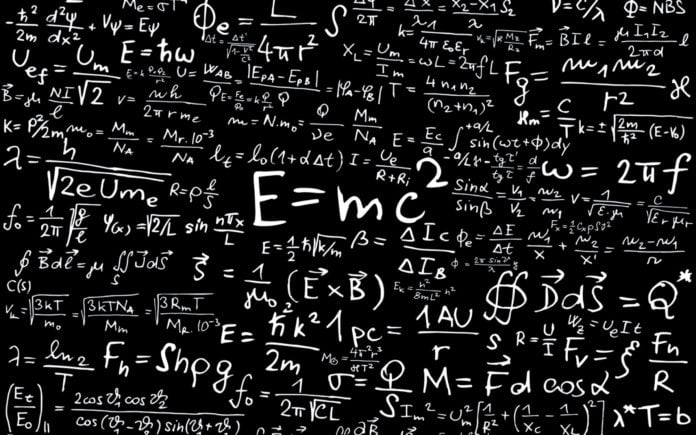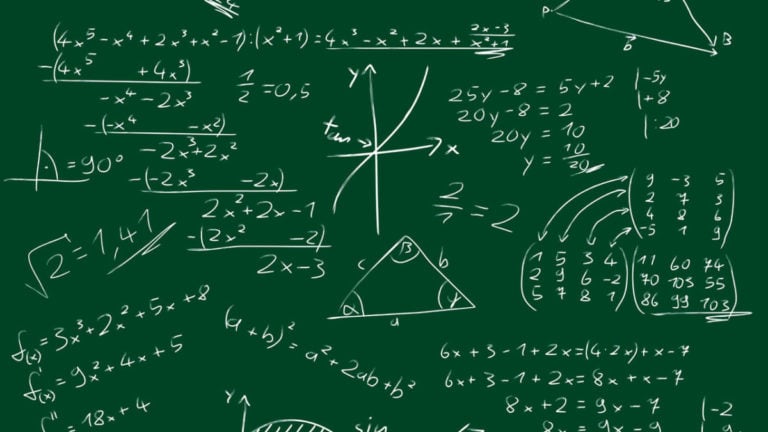The fundamental research of M. Faraday and other scientists in the field of electromagnetism, as well as Faraday’s ideas about the relationship between electric and magnetic fields and his model of the electromagnetic field were the necessary link in the development of science, on the basis of which the theoretical development of classical electrodynamics was completed, the theory of the electromagnetic field was created, and the electromagnetic theory of light was formulated.
How it all started
The English physicist James Maxwell (1831–1879) continued Faraday’s fundamental research. In 1861–1862 a number of articles by Maxwell were published, where he proposed a new theory, highlighting the role of the medium, and set himself the goal of finding a mechanical model that would reveal the behavior of this medium in magnetic interactions.
With the help of the model he built, he arrives at his famous equations. Maxwell’s system of equations generalized Faraday’s ideas and revealed the relationship between electric and magnetic fields. An extremely important conclusion follows from Maxwell’s equations, predicted by Faraday: an alternating electromagnetic field propagates with a finite speed, which is equal to the speed of light in vacuum.
So, this testified to the existence of electromagnetic waves with all the scientific and technical consequences of this discovery.
In 1873, J. Maxwell’s famous work, A Treatise on Electricity and Magnetism, was published. Summing up his research in the field of the electromagnetic field, the author showed that light is nothing but electromagnetic waves, noted the close relationship between the optical and electromagnetic properties of the medium, for the first time introduced the concept of displacement current, which occurs in the dielectric between the capacitor plates and forms a magnetic field.

Maxwell’s theory, which completed the development of classical electrodynamics, created the scientific foundations of the electromagnetic field, and discovered the electromagnetic nature of light, was met with incredulity by physicists at first. The fact is that the main references and conclusions of the theory have not been sufficiently confirmed experimentally. Last quarter of the 19th century took place essentially under the slogan of experimental and theoretical verification of Maxwell’s theory.
Proof of Maxwell’s theory
One of the first problems that arose from Maxwell’s theory was that if there is an inseparable connection between electrical and magnetic phenomena, then there must be the same connection between electrostatic and electromagnetic systems of units, that is, that the electrodynamic constant (the ratio of electrostatic and electromagnetic units) must equal to the speed of light in a vacuum. This hypothesis required experimental verification.
Important previous research results on the determination of the constant in Maxwell’s equations belong to the Russian scientist A. G. Stoletov (1839–1896), who developed a fairly accurate method for determining the ratio of these units and for the first time established that it is equal to the speed of light.
This was perhaps one of the first proofs of the validity of Maxwell’s theory.
Of great importance for solving the problem of the movement and distribution of energy were the works of the Russian scientist N.A. Umov (1846–1915), in which he made an important step towards deepening field theory, introduced the concept of motion and energy flow.
Based on the law of conservation of energy, he derived an equation for the movement of energy in a medium and introduced the energy flux density vector, the Umov vector.
A separate case of the Umov vector for an electromagnetic field was considered ten years later by the English physicist John-Henry Poynting (1852–1914), who in 1884 derived an expression for the energy flux density carried by an electromagnetic field.
Heinrich Hertz and experimental confirmation of Maxwell’s theory
And yet, only the experiments performed by Hertz in 1886–1889 experimentally confirmed the existence of electromagnetic waves and the assertion that the speed of electromagnetic waves is equal in magnitude to the speed of light, proved the complete identity of the properties of electromagnetic and light waves, and thus brought the research basis to Maxwell’s theories.

Being a supporter of the views of M. Faraday and D. Maxwell, who rejected action at a distance, G. Hertz since 1887, repeating the experiments of his teacher G. Helmholtz with induction coils, based on Maxwell’s equations, developed the theory of an open vibrator that emits electromagnetic waves. With the help of a “vibrator” and a “receiver” he showed that an oscillating discharge causes waves, which are a combination of two perpendicular oscillations – electric and magnetic.
Hertz revealed the reflection, refraction, interference and polarization of these waves and proved that all research facts are fully explained by Maxwell’s theory. Investigating the passage of waves through wires, G. Hertz developed a classic method for measuring the speed of waves in a straight conductor.
In the work “Basic equations of electrodynamics of bodies at rest”, published in 1890, Hertz gave a clear symmetrical form to Maxwell’s equation,
which exhibits well the complete reciprocity between electric and magnetic actions.
Hertz was the first to successfully apply the Umov-Poynting vector to calculate the energy flux radiated by a dipole into the surrounding space, and showed that the amount of energy that is transmitted by the vibrator will be directly proportional to the square of the dipole length and inversely proportional to the cube of the wavelength generated by the dipole.
These were the starting points in the theory of antennas and the beginning of the theoretical foundations of radio engineering. Hertz’s research discovered the existence of a free electromagnetic field, and the first priority for physicists was the need to generate this field, detect it and control it. First of all, it was necessary to create new types of generators in order to excite waves of ever smaller and smaller lengths. Hertz himself used waves 66 cm long.
The Italian Augusto Ritchie (1850–1920) in 1893 received waves 10.6 cm long, and the outstanding Russian scientist P.M. Lebedev in 1894 demonstrated experiments on obtaining electromagnetic waves with a length of 6 mm.
Telegraphy and radio
So, in the early 90s of the XIX century. the synthesis of electromagnetism and optics was proved, the complete identity of electromagnetic and light waves. A new problem arises before science – the use of electromagnetic waves for the needs of telegraphy. For the first time, the Russian scientist A.S. Popov (1859–1906) in 1895
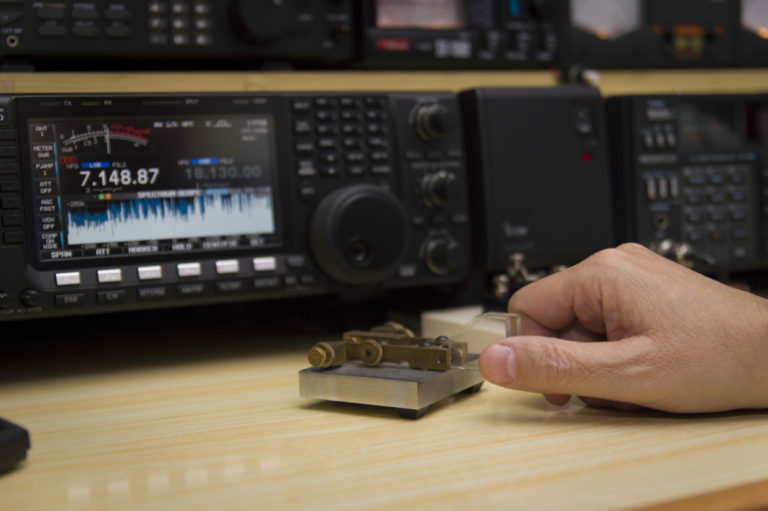
Popov’s merits in the invention of the radio were officially recognized in 1900 by awarding him an honorary diploma and a gold medal at the World Electrotechnical Congress in Paris. It should be noted that the Italian radio engineer Guglielmo Marconi proposed at the end of 1896 to England, where he moved, the devices he developed for the implementation of wireless telegraph and in 1897 received a patent for them.
The merits of G. Marconi should include successes in the implementation of practical radiotelegraphy, in particular, in 1901 he made the first radio communication with America across the Atlantic Ocean. In 1896–1899 Nikola Tesla (1854–1943), a brilliant Serbian scientist and inventor in the field of electrical and radio engineering, was engaged in the development of antenna devices.
So the struggle for the recognition of the reality of the existence of the electromagnetic field was completed.
